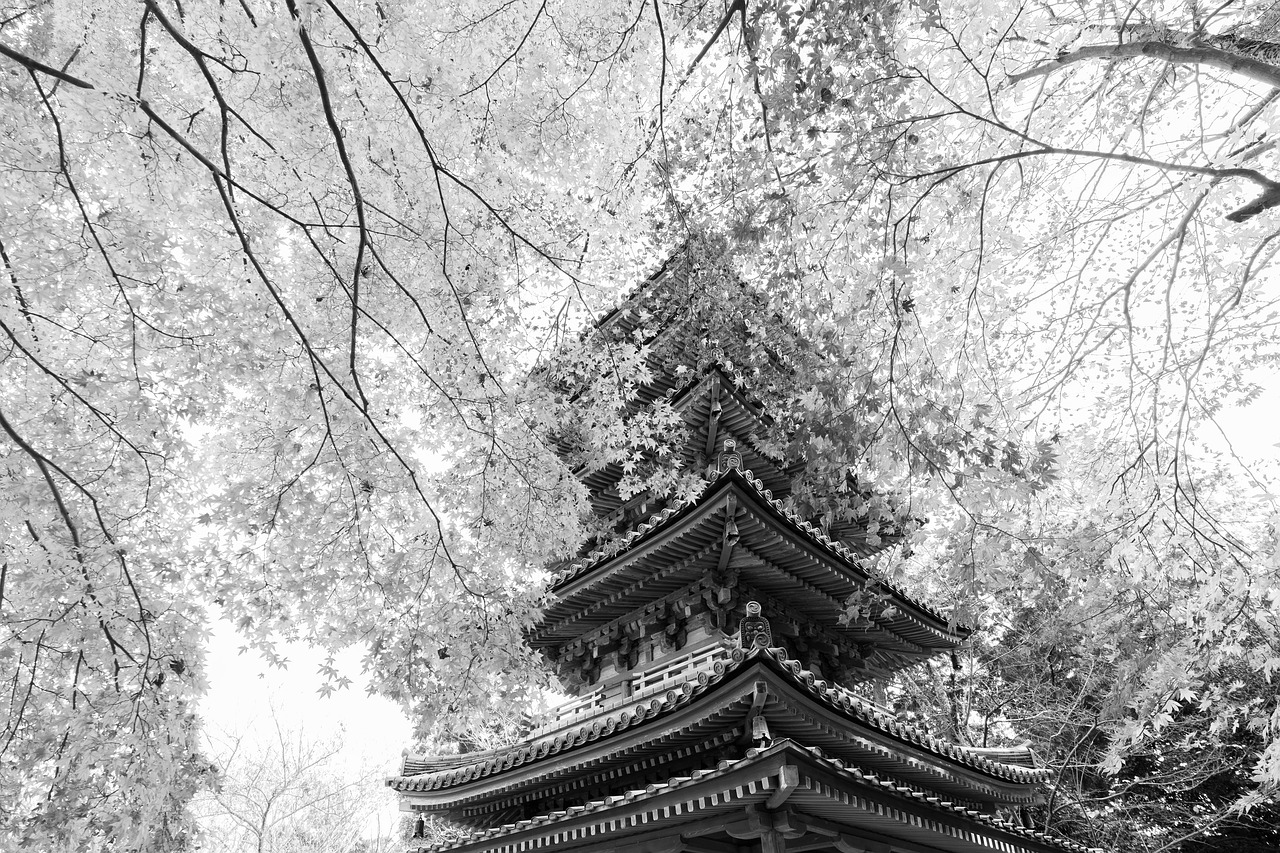I’ve written three historical novels, and went through the gruesome process of editing one of them, so far. None are ready for publication, but I’ve learned a lot through my experiences. I share these tips, which apply to the preparation stage, before you start to write. By using these tip from the very beginning, you’ll be able to manage your organization of ideas and information throughout the entire process of research and writing.
The need for organization
Some novelists like to be neat and organized in their writing process; others find creativity in the muck and mess of their on-the-spot work. On the continuum of orderly writing process, I’m closer to the much and mess end. This presents unique challenges when writing historical fiction, because writing in this genre needs lots of preparation and detailed research for an author to pull off a reasonably believable past.
For those who like to be organized, you can refine these tips even more to detailed categories that fit with your process. For those who are not ordinarily or naturally organized writers, there will still be plenty of room for muck and mess in other areas of the story creation, if you’re creative juices need that!
Tips
These tips are in no particular order. All relate to the preparation stage before you start writing historical fiction.
1. Set your story end points. It’s helpful to have an idea before you start writing of when your story starts and ends. Fixing these clearly before you write will help you stay the course on your novel. Create and keep a separate folder for ideas, research finds, and other input for those items that relate to times far outside your story endpoints. Those may be useful for prequels and sequels, and by having a place to relegate them during the writing process, you won’t be tempted as much to chase down those rabbit holes.
2. Research from 10 to 25 years before the starting point; and up to 1 year after the story closing end point. You need to do this for your characters and their full development. They will have memories from before your story starts. Your characters and world will continue beyond your story and the foundations of the future are occurring while your story happens, so it’s also helpful to know what is to come.
3. Research widely—world events, politics, technology, transportation, food, language. Don’t forget to research the arts, music, dance, newspapers & magazines clothes, economies, currency, businesses. Know your different cultures, different socio-economic classes, different religious groups, different clans and families. The more deeply you can research before you write, and the more you can keep readable, findable notes, the easier it will be to create the past world of your novel story while you write.
4. Keep a list of sources as you go along. This doesn’t have to be research-paper perfect, but it should be good enough that you can get back to the source to check if you need to. Research will undoubtedly lead to some confusion, with different sources giving contradictory information. Knowing where you got your information will help you decide which line you want to follow. It will also help as your write your novel, when you suddenly want to double-check your notes or dig even deeper.
5. Keep a list of historical (real) figures separate from the list of your fictional characters. You may think you don’t need this, but you do. Writers can create such vivid characters, that, over the life of the work-in-progress, it becomes easy to forget which characters were based on real people and which are wholly figments of imagination. This is especially true when using real, but minor, characters; or setting a novel in a very distant or remote place or time.
6. Make a timeline of real events and keep it separate from the story timeline. When you’re writing, it’s helpful to weave the novel story in and out of real events. It’s easy to forget what is real and what isn’t. But it is important to keep these events straight so you can make conscious, best choices later, in editing.
7. Make a list of tiny details that fit your time period (like cozy wings on cars of the ‘50’s). You can sprinkle these throughout your novel as you desire. They help keep the story anchored in time and place. If you are a visual person, you might also want to keep a file of images, showing the 15th century Portuguese antique desk, the Victorian lace-edged handkerchief, the bakya wooden clog of the Philippines, the painted Masai shield, or whatever are the artifacts from your story’s time and place. You can convert these images to words during the writing process when you need help breaking through writer’s block or to keep up momentum.
Wrap-up
Historical fiction is fascinating to read; it’s inspiring and demanding to write. There will always be those who criticize your choices, but by preparing well, you’ll have good responses to their comments. You’ll also have source material you can access again and again as your fertile imagination concocts more stories.

